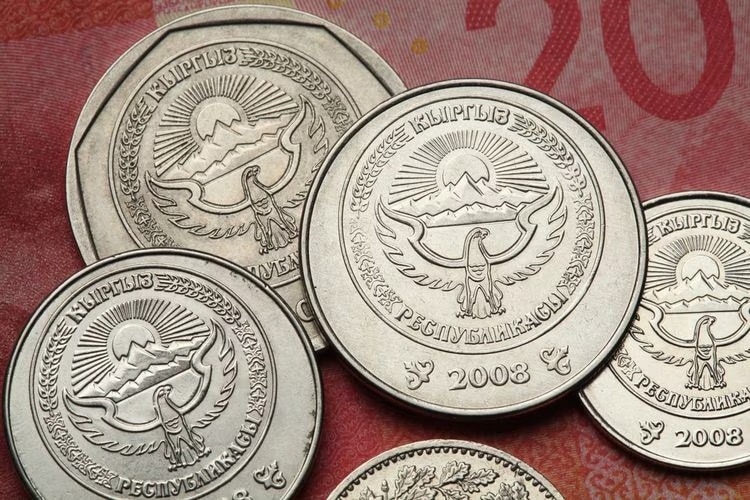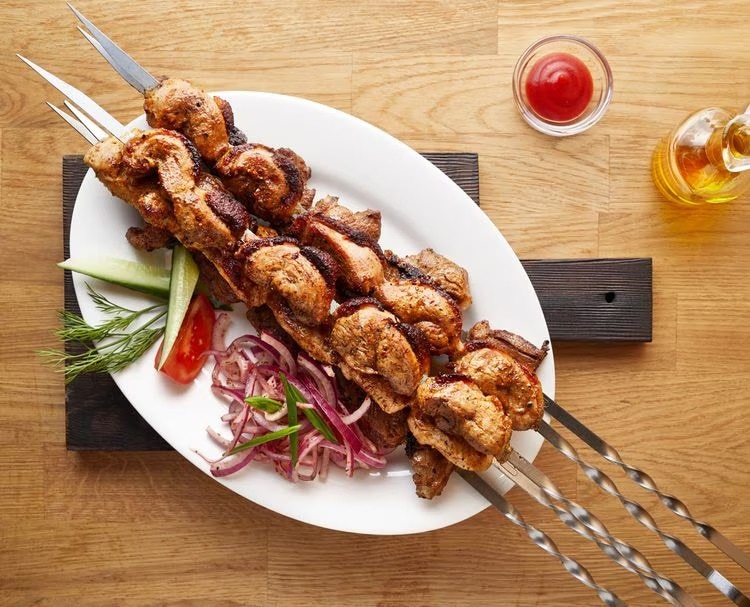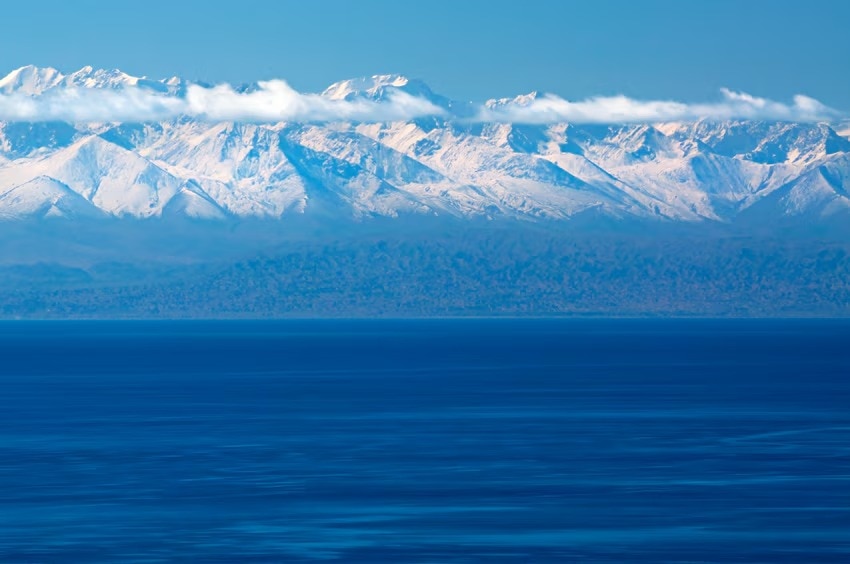Kyrgyzstan Travel Tips and Information
Official Name
Kyrgyz Republic
Capital
Bishkek
Population
Country Code
Around 7.2 million
KG
Country Code (international calls)
+996
The flight time to Kyrgyzstan is approximately ---- hours. Check the climate, currency, religion, manners, other information of Kyrgyzstan below. Wishing you pleasant travels to Kyrgyzstan.
Kyrgyzstan is a landlocked country situated in Central Asia, just west of China. It shares borders with Kazakhstan to the north, China to the east, Tajikistan to the south, and Uzbekistan to the west.
Local Climate / Weather
Kyrgyzstan’s climate varies significantly by region and altitude, with long, cold winters and short, warm summers. The lower valleys and plains generally enjoy milder weather, while the high mountain areas, including the Tien Shan range, experience harsher, alpine conditions. Most regions experience a dry climate, especially in summer, with rainfall concentrated in spring and autumn. ・Winter (December to February): Winter temperatures in Kyrgyzstan can drop well below freezing, especially in mountainous regions, reaching as low as -20°C or colder at higher altitudes. Snow covers much of the country, creating excellent conditions for winter sports enthusiasts. ・Spring (March to May): Spring is a transitional season, with temperatures gradually warming up. March and April bring rain showers, particularly in the Fergana Valley and northern parts. This season marks the blossoming of Kyrgyzstan’s natural beauty, making it a perfect time for hiking and nature lovers. ・Summer (June to August): Summers in Kyrgyzstan are warm to hot in lower areas, reaching up to 40°C in certain valleys. The mountains, however, remain comfortably cool, attracting trekkers and campers seeking relief from the heat. July is typically the warmest month, ideal for outdoor adventures in high-altitude areas like Lake Issyk-Kul. ・Autumn (September to November): Autumn is mild and short, with a gradual decrease in temperature. The fall colors paint a breathtaking landscape, offering an excellent opportunity for sightseeing and photography before winter sets in.
Currency & Tipping
Currency
When traveling to Kyrgyzstan, travelers will encounter the Kyrgyzstani Som (KGS) as the official currency. It’s advisable to exchange to US Dollars (USD) before departure, as USD is widely accepted at currency exchange centers in major cities like Bishkek and Osh. Most transactions in Kyrgyzstan are cash-based, especially in rural areas, so carrying sufficient cash is essential.
Tipping
For tipping, it’s not mandatory but appreciated in tourist-oriented establishments. In restaurants, leaving a 5-10% tip for good service is common, while hotel staff or guides may receive small gratuities for their assistance. Taxi drivers typically don’t expect tips, but rounding up fares is courteous.
Useful Travel Information

Voltage & Electrical Outlets
Kyrgyzstan uses a 220V supply with a frequency of 50Hz. The standard plug types are C and F, which are common in Europe. Travelers should consider bringing a plug adapter or voltage converter if their devices are not compatible with these outlets.

Internet Connectivity
Kyrgyzstan offers reliable internet connectivity, especially in urban areas. Major cities have several Wi-Fi hotspots in hotels, cafes, and public spaces, but connectivity may be limited in rural areas. Local SIM cards are easily accessible, with popular providers like Beeline, O!, and Megacom offering various prepaid data packages. These plans are affordable and convenient for travelers who want to stay connected throughout their journey.
Water for Consumption (Drinking Water)
Tap water in Kyrgyzstan may not be safe for direct consumption due to variations in water quality. Travelers are advised to drink bottled water, which is widely available in stores and restaurants. Alternatively, carrying water purification tablets or a portable filter can be beneficial, especially for those planning to explore remote regions.
Culture, Religion & Social Etiquette
Culture
Kyrgyz culture is influenced by its nomadic past and an appreciation for the outdoors. The practice of horseback riding, eagle hunting, and living in traditional yurts, especially in areas like Lake Issyk-Kul, showcase Kyrgyzstan's deep connection to nature. Hospitality is a cornerstone of Kyrgyz society—guests are welcomed warmly, and it’s common to be offered tea, bread, and local dishes like beshbarmak (a traditional meal of noodles and meat). Music and dance are also essential, with traditional instruments like the komuz used in celebrations.
Religion
The majority of Kyrgyz people are Muslims, mainly Sunni, due to the influence of Islam from the 8th century onward. However, Kyrgyz Islam is often blended with pre-Islamic traditions and local customs. Religious practices are generally moderate; visitors can observe a relaxed approach, especially in urban areas. Nonetheless, it is respectful to dress modestly and be considerate around religious sites and observant individuals, particularly during Ramadan or around mosques.
Social Etiquette
Kyrgyz society values respect, especially toward elders. A common gesture to show respect is to greet elders by holding one’s right hand over the heart and slightly bowing. It’s also polite to remove shoes when entering a home. Visitors should note that direct eye contact and firm handshakes are typical in urban areas, but in rural settings, modesty and humility are emphasized. When dining, it’s customary to allow the host to invite guests to sit and start eating, with tea often served first as a welcoming gesture. Gifts are appreciated if visiting a local home—fruit or sweets are ideal tokens of gratitude.
Food Culture
Kyrgyzstan's food culture offers travelers a unique culinary experience that blends Central Asian flavors with nomadic traditions, providing an exciting taste journey in a country known for its warm hospitality. Traditional Kyrgyz cuisine is rooted in meat-based dishes, particularly lamb and beef, as well as dairy, reflecting the nomadic lifestyle of the Kyrgyz people. Visitors will find a range of hearty meals that emphasize natural ingredients, with dishes like beshbarmak, a comforting noodle and meat dish, and plov, a rice pilaf loaded with spices and tender meat, showcasing the rich flavors of the region. In bustling cities like Bishkek and Osh, street food scenes give travelers a chance to sample authentic Kyrgyz flavors in a casual setting. Street vendors commonly serve samsa, savory pastries filled with spiced meat, and lagman, a hand-pulled noodle soup that's both filling and flavorful. Another popular treat is kymyz, a fermented mare’s milk that might be an adventurous but authentic choice for those wanting to try something unique to Kyrgyzstan’s nomadic culture. For those looking to dine in local restaurants, Bishkek is home to several popular spots that showcase traditional and fusion Kyrgyz cuisine. Navat is a well-loved restaurant that offers a cozy atmosphere and a menu featuring classic Kyrgyz dishes, making it an excellent introduction for newcomers. For a blend of regional and modern tastes, Arzu is another top choice in Bishkek, known for its inviting ambiance and flavorful meals inspired by Kyrgyz, Uzbek, and Russian influences. Exploring Kyrgyzstan’s food culture will undoubtedly give travelers a memorable experience filled with distinctive tastes, friendly locals, and a deep sense of the country’s rich culinary heritage.
Major Tourist Attractions & UNESCO World Heritage Sites
Major Tourist Attractions
The capital, Bishkek, located near the northern edge of the country, is a relatively modern city but boasts several notable attractions. Visitors can explore the National Museum, which houses numerous important artifacts and art pieces, and the National Art Museum, both excellent spots to learn about Kyrgyzstan’s rich cultural heritage. Kyrgyzstan’s most prominent tourist destination is Lake Issyk-Kul, located east of Bishkek, just over a mountain range. Lake Issyk-Kul is surrounded by the snow-capped peaks of the Tien Shan Mountains and is referred to as the "Pearl of the Tien Shan" due to its breathtaking beauty. Between Bishkek and Lake Issyk-Kul, visitors can explore historical sites such as the Burana Tower, believed to have been constructed in the early 11th century, and the ruins of Ak-Beshim, a site linked to Xuanzang, the monk featured in Journey to the West.
UNESCO World Heritage Sites
Kyrgyzstan has two UNESCO World Heritage Sites. The first is Sulaiman-Too Sacred Mountain, located near Osh, the country’s second-largest city. This mountain is considered a holy site by Muslims. The second is The Silk Road: The Routes of Chang'an-Tianshan Corridor, which includes numerous trade routes that connected China with Rome. These routes crossed through Kyrgyzstan and are now recognized as a shared and transnational World Heritage Site due to their historical significance.
Travel FAQs
How safe is Kyrgyzstan? What should I be cautious about?
In southwestern Kyrgyzstan, there is a risk of getting involved in issues with criminal organizations or armed groups, and the area is not safe for travel. Even in relatively stable regions, there are places where caution is needed, especially near the Russian border.
What are the major cities in Kyrgyzstan like?
The capital city of Kyrgyzstan is Bishkek, located in the northern region and known for its scenic beauty.
Do people in Kyrgyzstan speak Tagalog or English?
Tagalog is hardly spoken in Kyrgyzstan. The official language is Russian.
What is the most popular airport for flights to Kyrgyzstan?
Kyrgyzstan has multiple airports, with "Manas International Airport" in the capital being the most popular.




